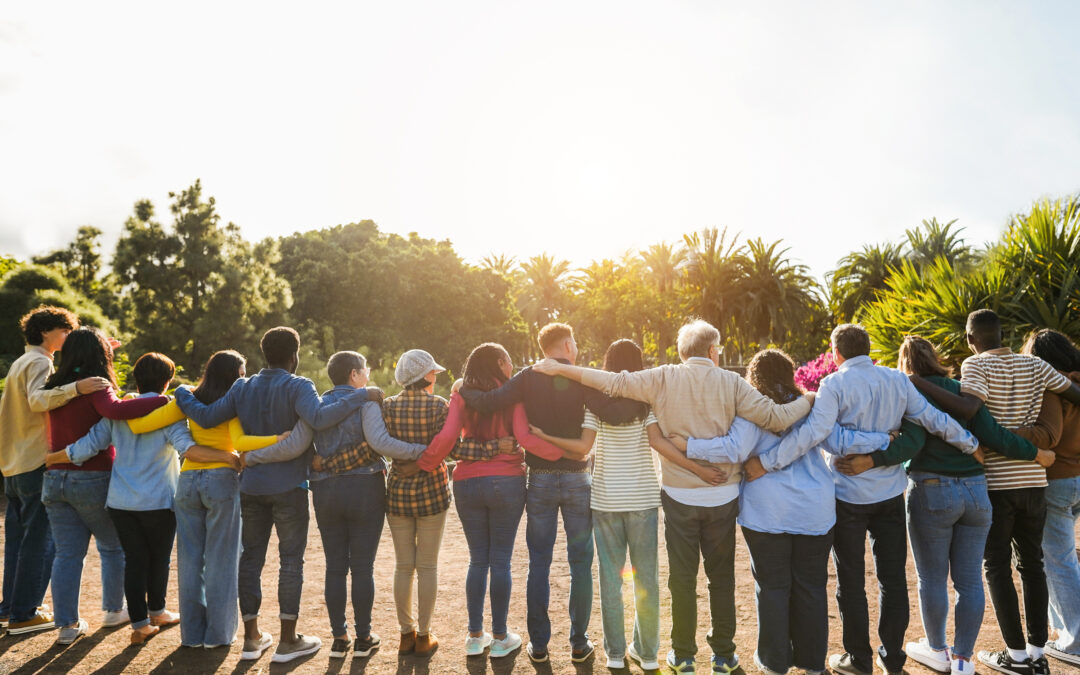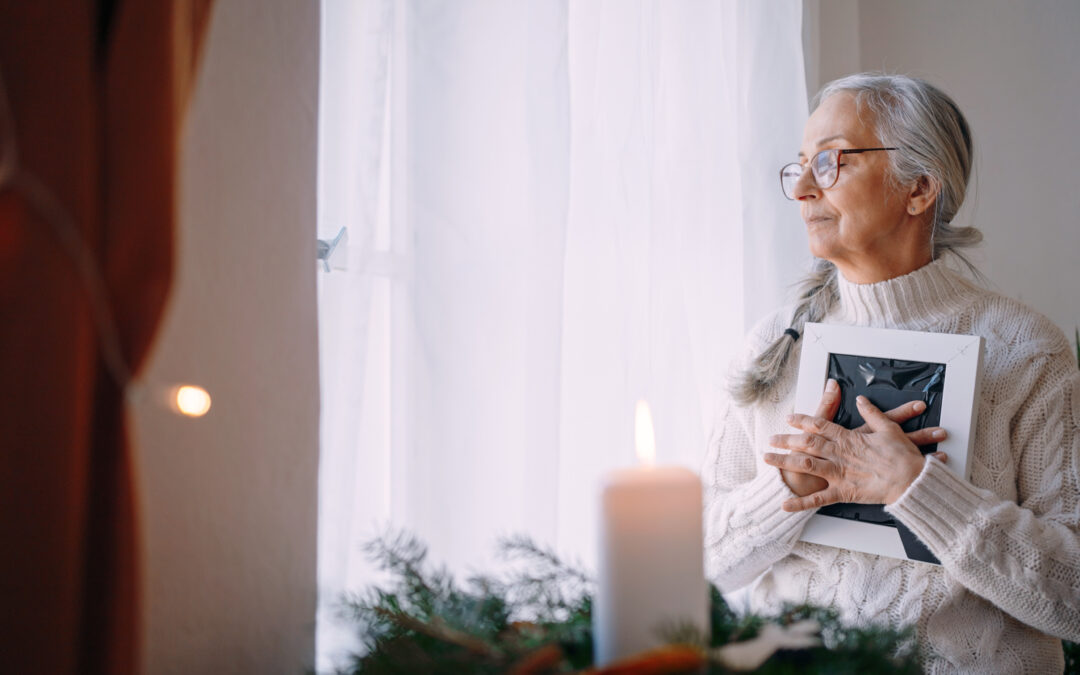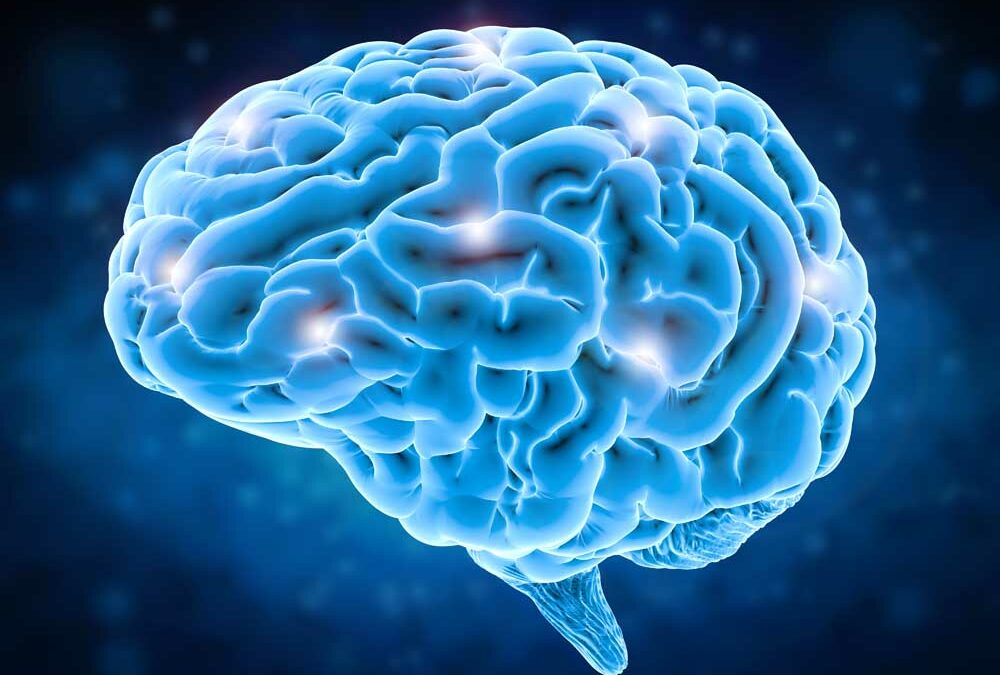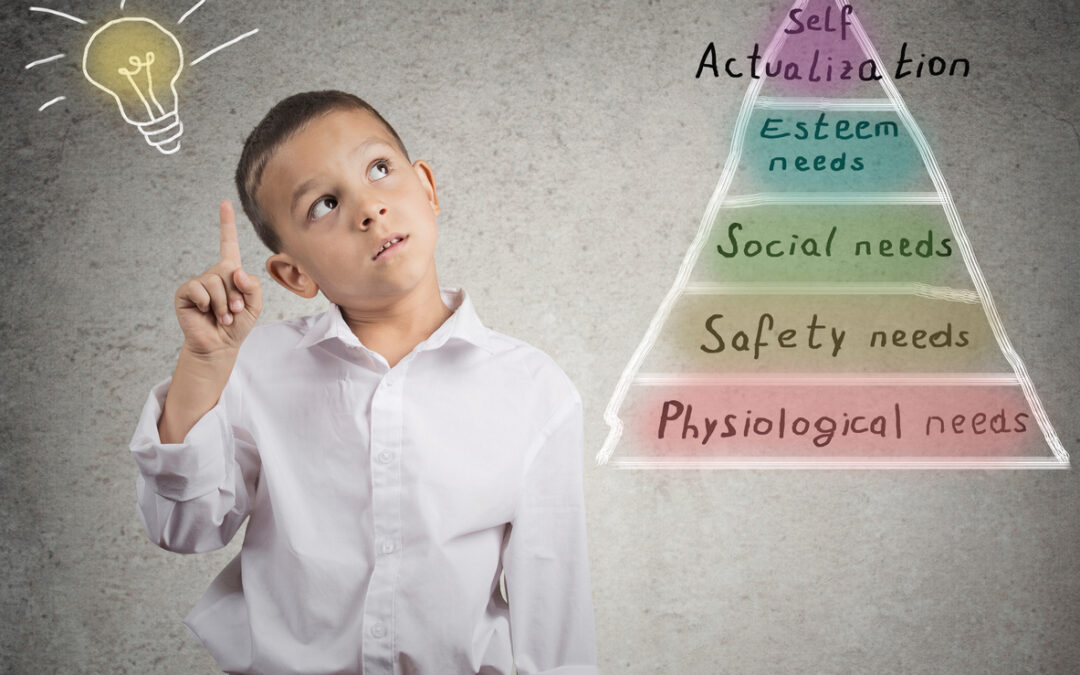No Results Found
The page you requested could not be found. Try refining your search, or use the navigation above to locate the post.

The page you requested could not be found. Try refining your search, or use the navigation above to locate the post.

Grief and loss, whether person or place or part of self, are inevitable. Every one of us will lose someone or something, and every one of us will need to be cared for through it; yet, our culture has no shared language for loss. Grief is a collective experience that feels isolating and lonely.
In her book It’s OK That You’re Not OK, therapist and widow Megan Devine speaks to the complexities of grief from both her professional and personal experiences.
The narrative about grief in our culture is one of stages. Elisabeth Kubler-Ross, a Swiss-American psychiatrist, devoted her career to studying death and loss. She pioneered the theory we have of the five stages of grief; Denial, Anger, Bargaining, Depression, and Acceptance. Kubler-Ross later discussed that these stages were never meant to be understood as linear; however, the culture we exist in has a present-day expectation of a speedy recovery after loss.
Let’s pause and take a look at grief. Devine writes, “Recovery inside grief is entirely about finding those ways to stay true to yourself, to honor who you are, and what has come before, while living the days and years that remain.”
Grief is not pathology and it is not something to “Get Better Soon!” from. However you feel your grief is the correct way because it is a normal and healthy reaction to a permanent change that you did not ask for. What this means is we are tasked with rebuilding around loss, not “getting over.”
Let’s change the expectation of recovery. If you are grieving, approach yourself with compassion. Our natural inclination is to avoid and distract (brilliant, by the way, for those moments it hits you in line at the DMV and it isn’t a good time). In environments and with company you feel safe with, though, let it be messy and nonlinear. Loss itself is messy and nonlinear.
More words on grief –

Have you tried (and tried) medication management for your depression or OCD but never received full results? We invited Piper Buersmeyer, Julia Swofford, and Brendan Roe from TMS NW to provide this Q & A about Transcranial Magnetic Stimulation (TMS), a...

When talking about depression, a lot of people forget that depression is an illness that requires proper attention and treatment. If you’re depressed, it can be incredibly frustrating to hear things like “Just get over it”, “You’re being really dramatic”, “You have to...

According to statistics from the National Alliance on Mental Illness, each year about 1 out of every 5 Americans adults suffer from one form of mental illness or the other. Mathematically, that works out to 48.3 million of the total American adult population, and with...

Are you looking for a podcast to help you take better care of yourself and your mental health? I love the convenience of a podcast--- It's self-care you can access in your car, while you wash the dishes, or take the dog for a walk. Self-care is critically important to...

There are a lot of terms floating around the online world out there and it can be difficult to determine which ones to trust as the real deal and which ones are simply trigger words or click bait. One of the up-and-coming ones is mindfulness. As more and more...

If you have ever had a conversation with your therapist about coping skill development, you have probably received a recommendation to begin a journaling practice. Understandably, sometimes journaling is met with skepticism – What does writing about my emotions solve, and why is writing so widely recommended?
Processing Emotions
Putting emotion on paper engages the prefrontal cortex – the part of the brain which puts language to emotion, grounds us in the present moment, and assists in regulating emotion.
Memory Consolidation
Put simply, memory consolidation is a process by which information in short-term memory is transferred to long-term memory. Writing about your experiences – positive or negative – strengthens the parts of the brain associated with this consolidation. What this means is that, over time, we become better at accessing various parts of a memory (sound, taste, touch, smell, thought, etc.) and this allows us to better make sense of memories that may be difficult or traumatic in nature.
Stress Reduction
Journaling has been found to activate the parasympathetic nervous system (the “rest and digest” response/the antithesis of fight/flight/freeze). Cortisol levels drop, breath deepens, heart rate begins to slow. Suddenly, the writer is able to be more present with themselves as they process.
More than what researchers have shared with us about how journaling impacts the brain (as noted above), put simply – writing with and for ourselves fosters an internal relationship. We are in relation with ourselves more often than we are anyone else, yet rarely are we taught what it means to interact with self or how to do so in a compassionate way.
If you are interested in exploring journaling but are unsure where to start, here are some prompts to explore:
Remember, journaling is as individual as you are. Let there be spelling mistakes, run-on sentences, scribbles, and even drawings. Humans are gritty and messy; let the way you cope be gritty and messy, too.

According to statistics from the National Alliance on Mental Illness, each year about 1 out of every 5 Americans adults suffer from one form of mental illness or the other. Mathematically, that works out to 48.3 million of the total American adult population, and with...

Are you looking for a podcast to help you take better care of yourself and your mental health? I love the convenience of a podcast--- It's self-care you can access in your car, while you wash the dishes, or take the dog for a walk. Self-care is critically important to...

There are a lot of terms floating around the online world out there and it can be difficult to determine which ones to trust as the real deal and which ones are simply trigger words or click bait. One of the up-and-coming ones is mindfulness. As more and more...

Suffering. It’s the reason most people come to counseling. It comes in varying intensity, duration, and complication. What’s your brand of suffering? Is it… Anxiety that’s no longer manageable? Sadness that’s stuck around too long? Grief that’s shaken you to...

It is a mistake to assume that someone is ready to make a change, just because they tell you they’re thinking about it. Change is more complicated than Nike’s “Just do it!” slogan. Counselors know that lasting change builds over time. Many counselors use a strategy...


Kayla Johnson is a Licensed Mental Health Counselor (LMHC) that loves to help clients that experience anxiety and panic. In addition to her work as a therapist, Kayla also teaches yoga! Here’s a link to her bio where you can learn more about Kayla and her work: https://starmeadowcounseling.com/counselors/kayla-johnson/

Exposure and Response Prevention (ERP) is a form of Cognitive Behavioral Therapy (CBT) that involves purposefully exposing yourself to feared stimuli or situations in order to learn a new way of responding to them. If you struggle with OCD, this explanation of...

Are you among the millions of people that have lost work since a state of emergency was declared last month? Employment numbers keep rising across the country. And those numbers don’t account for those whose applications for unemployment remain in limbo. There is an...

As we adjust to a new normal that includes self-quarantining, a shift in plans and routines, and significant uncertainty, it’s important to find ways to maintain our mental and emotional health. We’ve gathered some recommendations here, but strongly encourage you to...